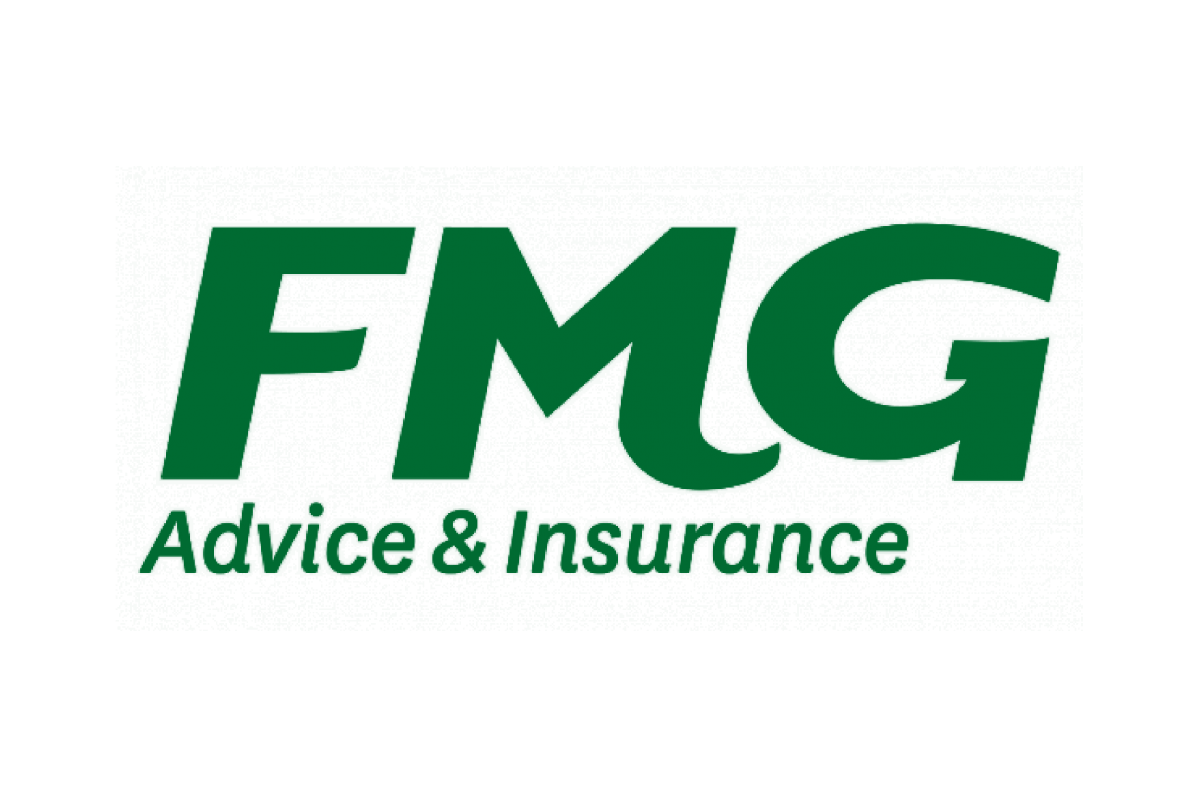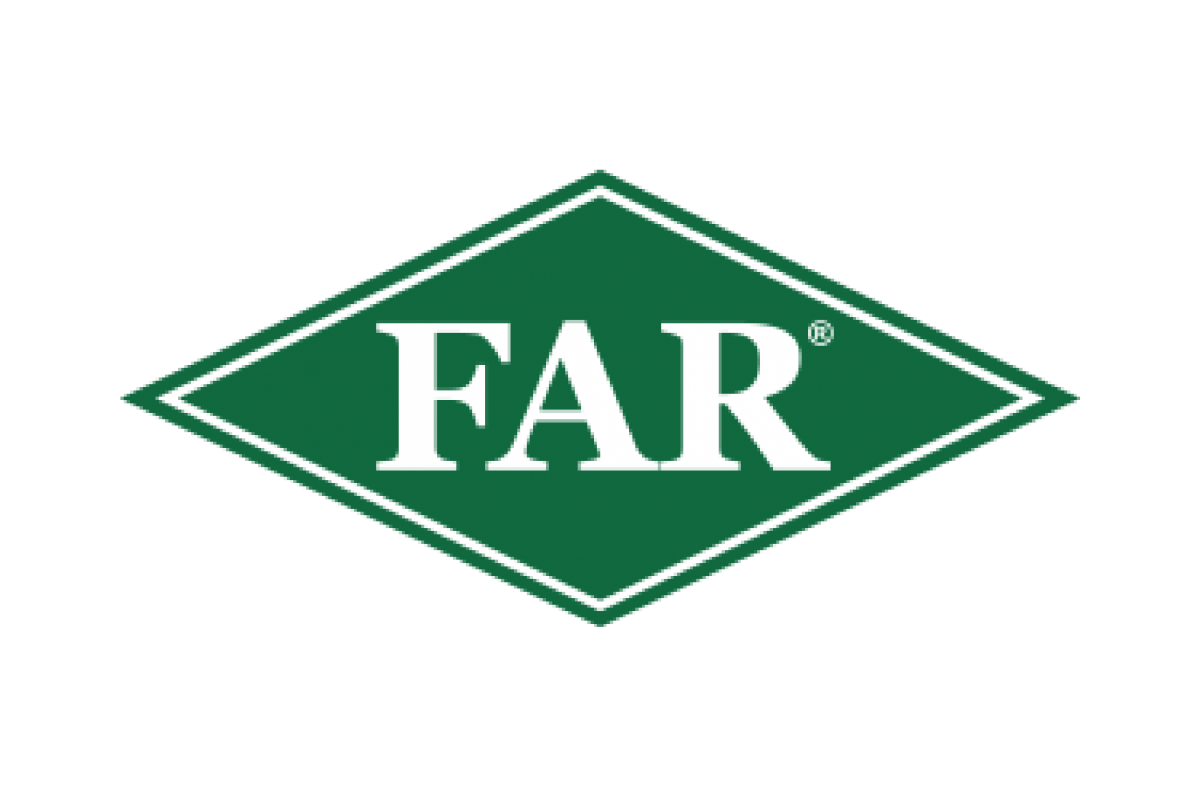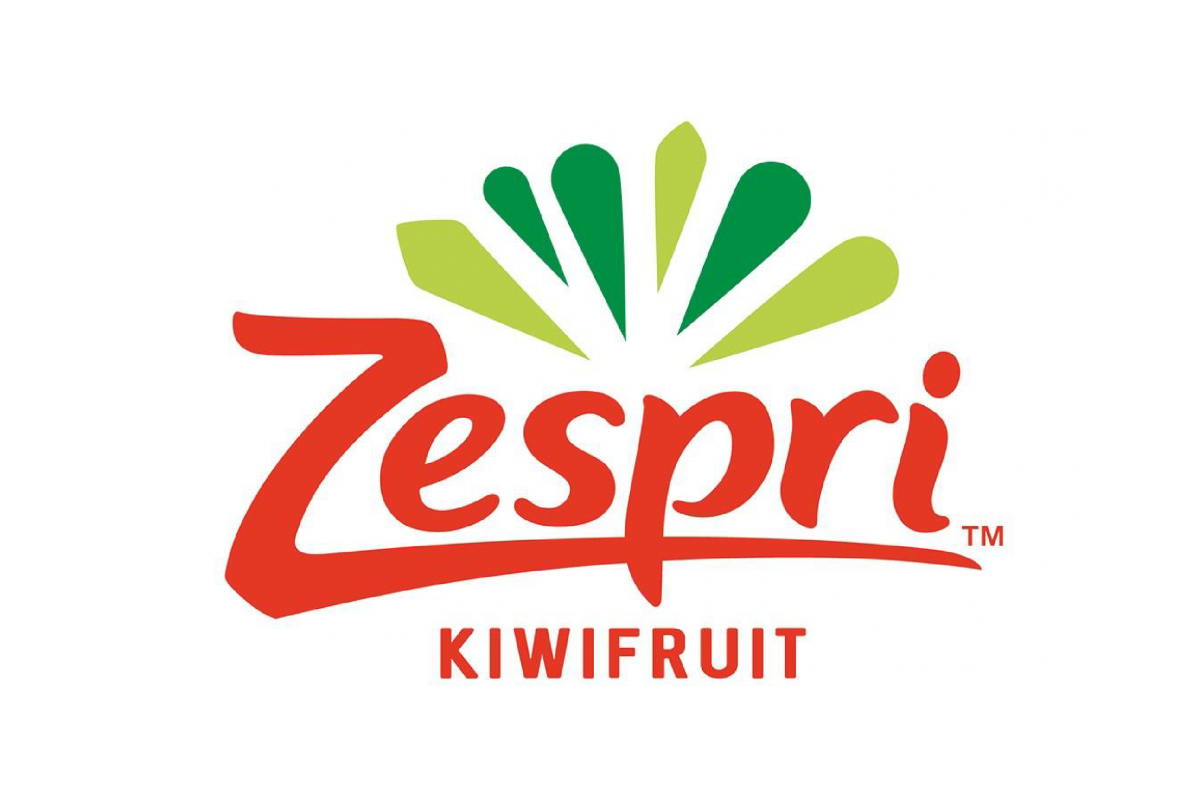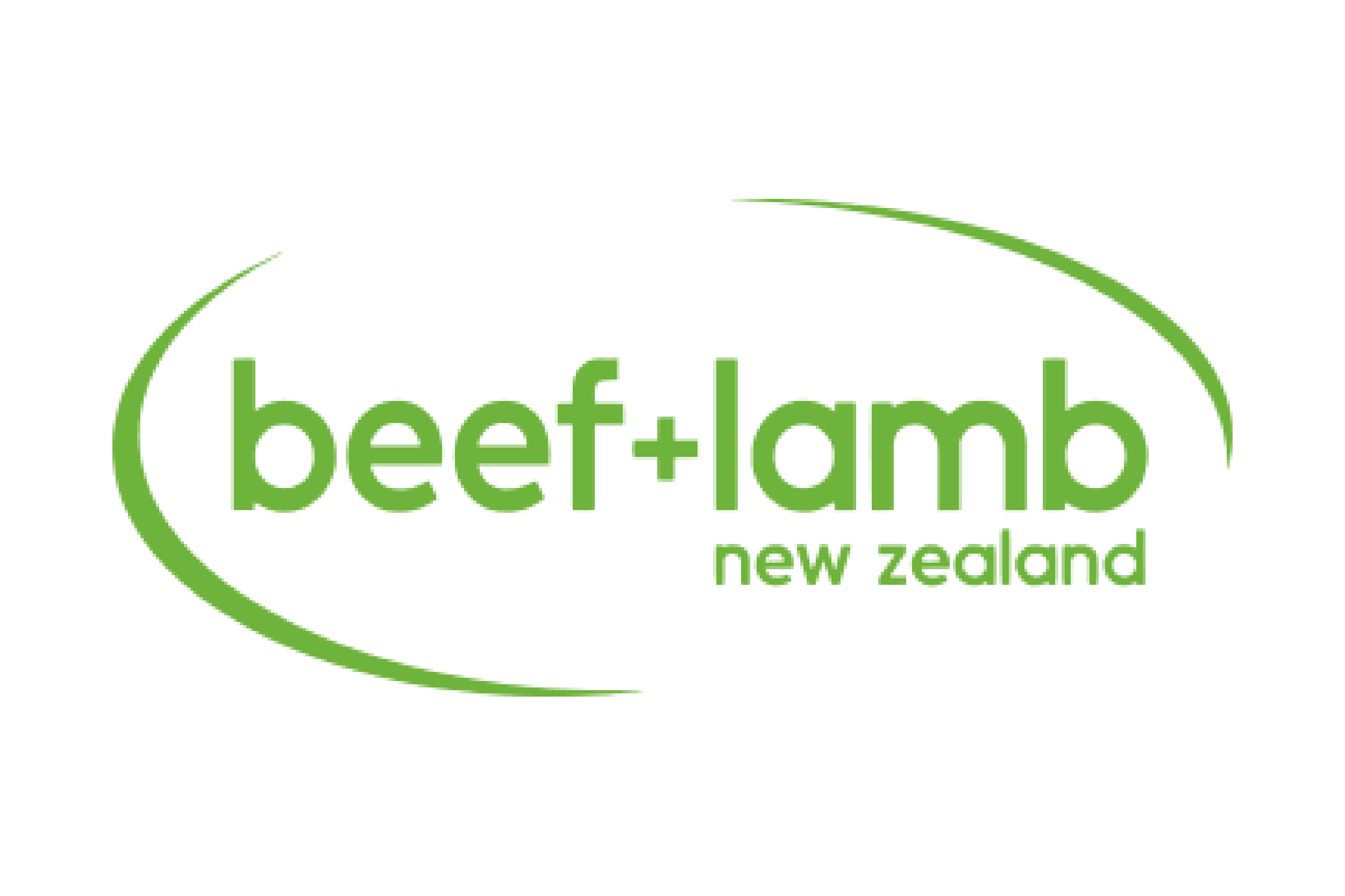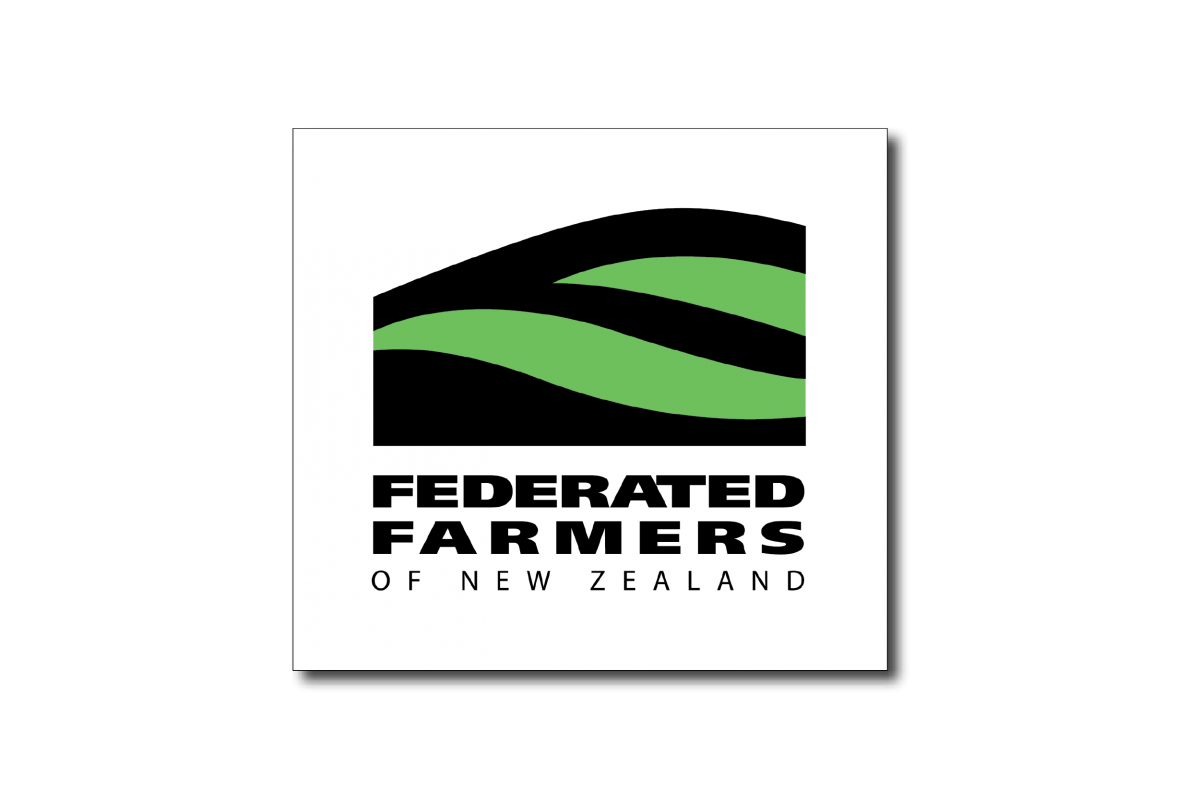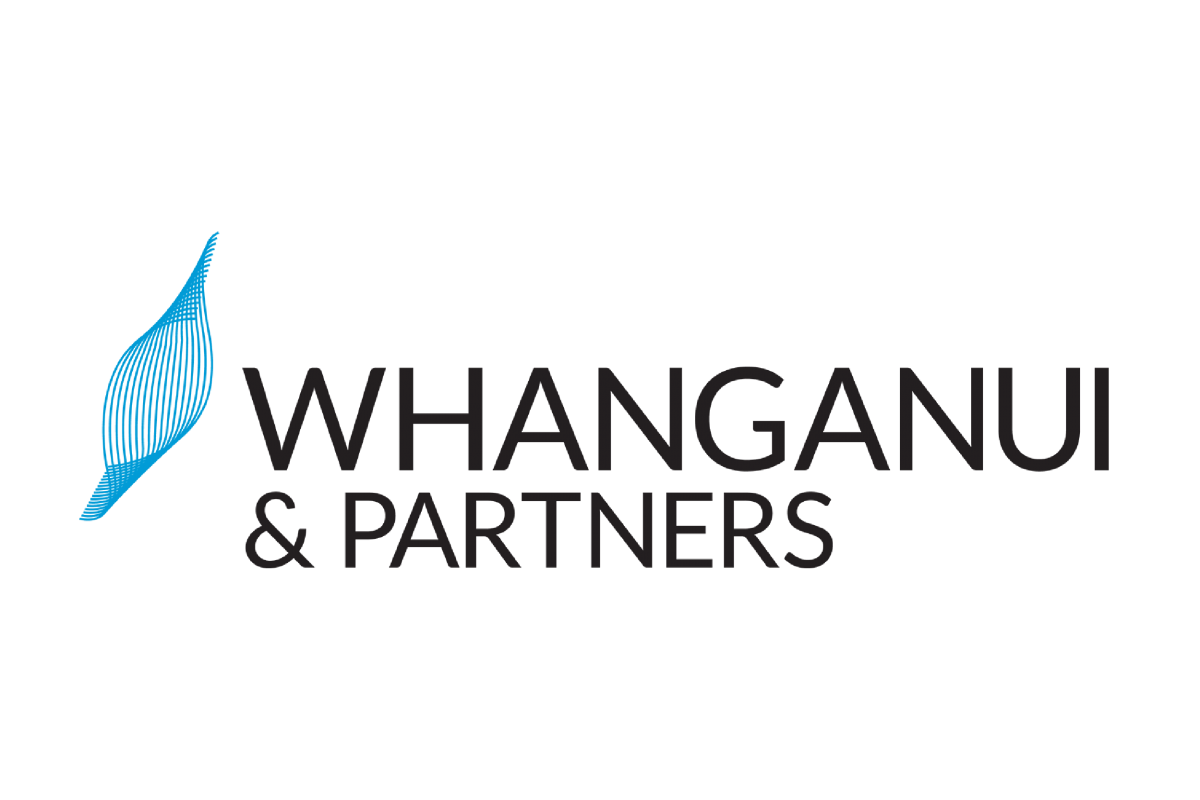Executive Summary
The quality of our NZ economy depends on our ability to acquire, protect, translate, combine and apply knowledge. This knowledge is required to solve today’s problems and to prepare the ground for solving tomorrow’s. Without new knowledge, and new combinations of knowledge, there will be no innovation. And without innovation, NZ will struggle to keep pace with our competitors.
These tenets apply to any country aspiring to maintain its place as a 1st world economy. But they particularly apply to an agricultural sector that currently supports 17% of our economy. The future of an untended NZ agriculture is well signposted amongst other western societies; commodity producers struggling for profitability and shrinking in importance.
The alternate and more attractive, yet ‘difficult-to-achieve’, approach is for NZ Agriculture to embrace innovation to reduce our costs of production, to improve the efficiencies of processing, and to add value and profit to our products. It is this latter point; applying innovation management to add value to food products that was the focus of this study.
Innovation management is about combining the concepts of innovation (creativity, speed and change) and management (planning, organising, monitoring and control). In the context of this report, it is about the question “can we improve the conversion of R&D spend into profitable products?”
The method used to answer this question involved case study visits to world class food companies in Europe, the UK, the United States and Japan. It also included visits to universities and learning institutions to understand their role in promoting innovation. Finding small and medium food enterprises proved to be problematic; start-up and small innovative companies from a range of sectors were utilised.
Each of these case studies provided the following insights regarding the key factors for successful innovation management:
⇒ To innovate requires investment and by most measures NZ under-invests. Successful FMCG[1] companies such as Nestlé and Kraft are spending approximately 1.2 – 1.4% of sales on R&D, ingredient companies typically spend 0.7 – 0.9% of sales on R&D. By comparison, Fonterra (NZ’s largest private investor in R&D) spends 0.8% of sales on innovation. Nationally, our R&D spend is approximately half of the OECD average and government research expenditure in the agricultural sector has fallen since the early 1990’s.
⇒ Successful innovation needs to be targeted by a clear vision and business strategy. New Zealand is competing against world-class food conglomerates so our vision and strategy must focus the scope of our aspirations and must match our key competencies with market requirements. Bernard Matthews, a vertically integrated meat company now ‘owns’ the UK frozen lamb category through an absolute alignment of the company activities with the market.
⇒ Successful innovation requires a constancy of purpose. Danone, a French Company, has set out to dominate the fresh dairy category through focusing on active health, nutrition, customer preference and technology. After more than 20 years of resolute effort, they have overtaken the giant, Nestlé, as the category leader in most of their markets.
⇒ There must be a supporting innovation culture, such as that displayed within Kerry Group’s strategic business units. Staff must be encouraged to innovate; rewarding success must be balanced by understanding failure, and both internal and external networks must be fostered.
⇒ Whilst business structure doesn’t appear to be critical, most successful food businesses have a centralised Research facility with supporting in-market product development centres. Although NZ is a good location for Research, our development activities may be better placed off-shore. The lack of NZ development activity for lamb in the UK market was noticeable.
⇒ Intelligence – including the orderly gathering, processing and use of information is critical to determine the most profitable areas of development. Bernard Matthews uses store sales and market research to drive product development.
⇒ Strong links into the market. There are real tensions between technology push and market pull – and in NZ we are dominated by ‘push’. Innovation that isn’t linked to real market requirements will fail. Unilever, a multinational food and consumer products company displays excellence in this regard.
⇒ Innovation tools that result in a superior conversion of R&D spend into profitable process improvements, products or services. The best companies have clear criteria for saying ‘No’ to projects at all stages of their development. By cutting failing projects we have more resources available for the projects that are most likely to succeed.
⇒ Managing the skill base – addressing issues such as the recruitment and retention of people with the needed conceptual and scientific or technical skills, or of accessing those skills externally. Most of the companies studied, as leaders in their field, had strong resource recruitment and retention capabilities.
In addition to the large company case studies, innovation in a small and medium sized firm (SME) context was studied. SMEs suffer from a lack of finance, capability and capacity in applying the innovation process. Successful SMEs have a clear and limited vision, a good understanding of the path to commercialisation, can access good business acumen and can secure funding from a range of angel or venture capital sources.
Whilst the detail of this report was focused on innovation, the Nuffield experience allows scholars to consider a wide range of issues relevant to NZ agriculture. The state of our competitors, the potential for product substitutes, the attitude of the urban public to agriculture and environmental issues were all additional subjects of interest. A series of farming magazine articles written during the course of my studies are appended to this report
The Importance of Innovation in the New Zealand Agricultural Industry – Andrew Watters




